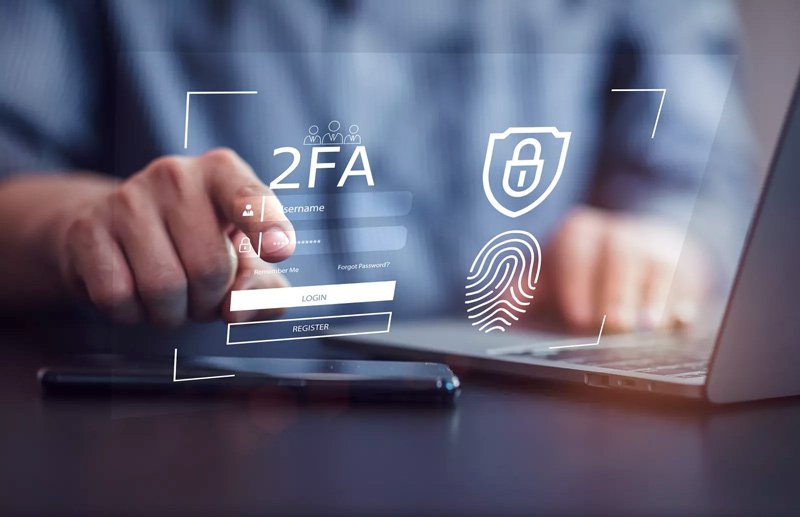In today’s digital, where cyber threats are becoming increasingly sophisticated, protecting your online accounts with just a password is no longer sufficient. Two-factor authentication (2FA) has emerged as one of the most effective security measures available to individuals and organizations alike, providing an additional layer of protection that significantly reduces the risk of unauthorized access to your sensitive information.
Two-factor authentication is a security process that requires users to provide two different authentication factors to verify their identity before gaining access to an account, application, or system. Rather than relying solely on something you know (like a password), 2FA incorporates a second verification step that typically involves something you have (such as a smartphone) or something you are (like a fingerprint). This multi-layered approach makes it exponentially more difficult for cybercriminals to breach your accounts, even if they manage to steal your password.
The importance of 2FA cannot be overstated in our current cybersecurity environment. With data breaches becoming more common and sophisticated, and with many people using the same passwords across multiple platforms, traditional single-factor authentication has proven inadequate. Financial institutions, social media platforms, email providers, and cloud storage services are increasingly implementing 2FA as a standard security feature, recognizing its critical role in protecting user data and maintaining trust.
How Two-Factor Authentication Works
The 2FA process follows a straightforward yet secure methodology that enhances account protection without significantly impacting user experience. When you attempt to log into a 2FA-enabled account, you first enter your username and password as usual. Once the system verifies these credentials, it prompts you to provide a second form of authentication.
This second factor can take various forms depending on the platform and your preferences. You might receive a one-time code via SMS text message, use an authenticator app to generate a time-sensitive code, provide a biometric scan such as a fingerprint or facial recognition, or insert a physical security key. Only after successfully providing both authentication factors will you gain access to your account.
The beauty of this system lies in its layered security approach. Even if a cybercriminal manages to obtain your password through phishing, data breaches, or other malicious methods, they would still need access to your second authentication factor to breach your account. This significantly reduces the likelihood of successful unauthorized access and provides you with valuable time to detect and respond to potential security threats.
Types of Authentication Factors

Understanding the three main categories of authentication factors helps you make informed decisions about your 2FA setup. Knowledge-based factors include information only you should know, such as passwords, PINs, or answers to security questions. While these are the most common first factors, they’re also the most vulnerable to theft and should never be your only line of defense.
Possession-based factors involve something you physically have, such as a smartphone, hardware token, or smart card. These factors are more secure because they require physical access to your device or token. Common examples include SMS codes, authenticator app codes, or hardware security keys that connect to your device via USB or Bluetooth.
Inherence-based factors rely on your unique biological characteristics, such as fingerprints, facial features, voice patterns, or retinal scans. These biometric factors are extremely difficult to replicate or steal, making them highly secure authentication methods when properly implemented.
Benefits and Implementation
The advantages of implementing 2FA extend far beyond basic security improvements. Organizations that deploy 2FA experience significantly fewer successful cyberattacks, reduced risk of data breaches, and enhanced customer trust. For individuals, 2FA provides peace of mind knowing that their personal information, financial accounts, and digital assets are better protected against unauthorized access.
Modern 2FA implementation has become increasingly user-friendly, with most major platforms offering simple setup processes and multiple authentication options. Whether you prefer SMS codes, authenticator apps, or biometric verification, you can choose the method that best fits your lifestyle and security needs while maintaining the enhanced protection that 2FA provides.




